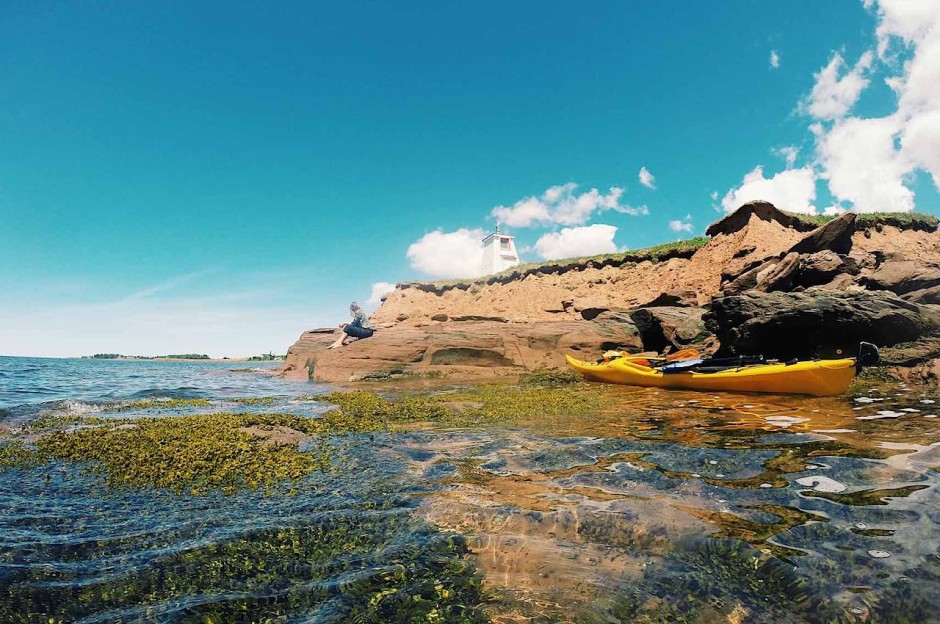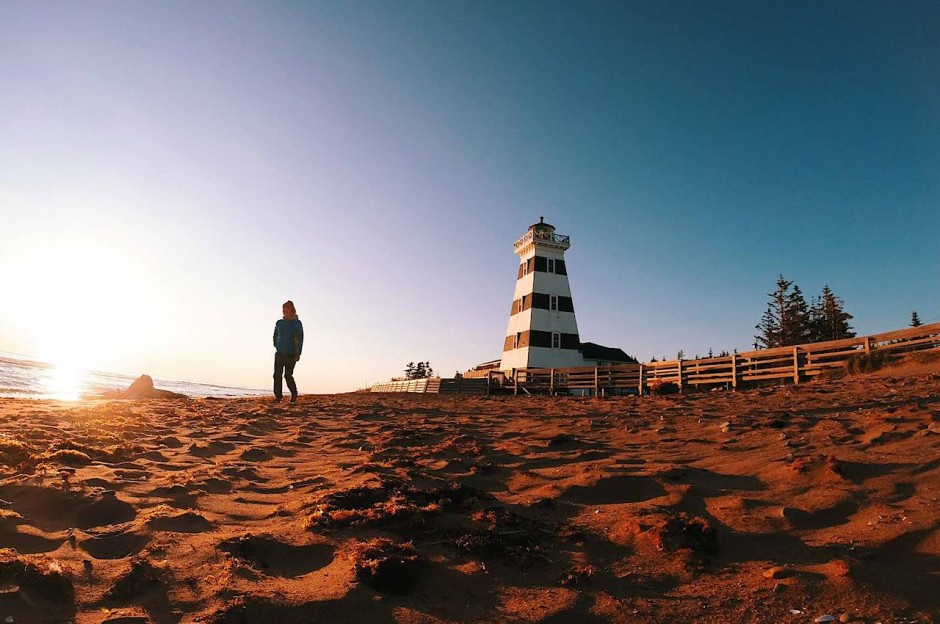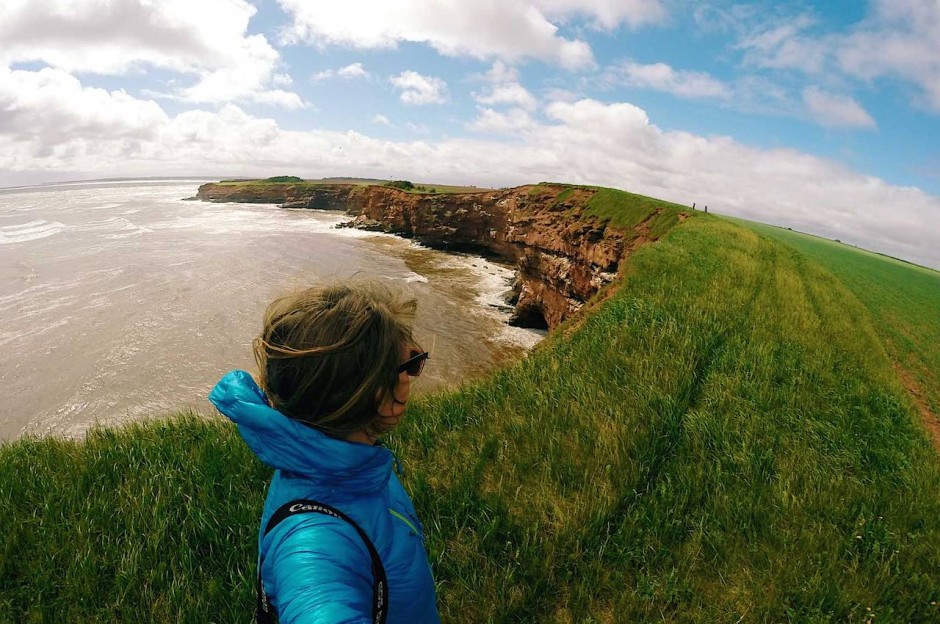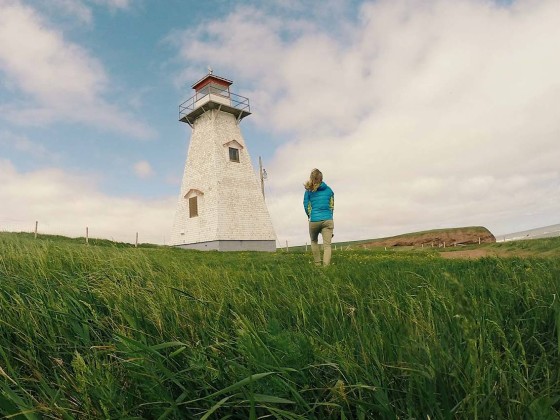Last month, I visited Prince Edward Island, one of Canada’s maritime provinces and the country’s smallest at a mere 5,660 square km. I went in search of adventure but instead found solitude in a province with a population of only 145,000. As one of the oldest settlements with livelihoods still based on farming and fishing, PEI is more than just lobster and potatoes. It’s a province full of small villages with endless grassy fields. Its 1,100km of coastline is dotted with lighthouse-capped capes.
[Note: Rachel’s trip to PEI was sponsored by Prince Edward Island Tourism.]
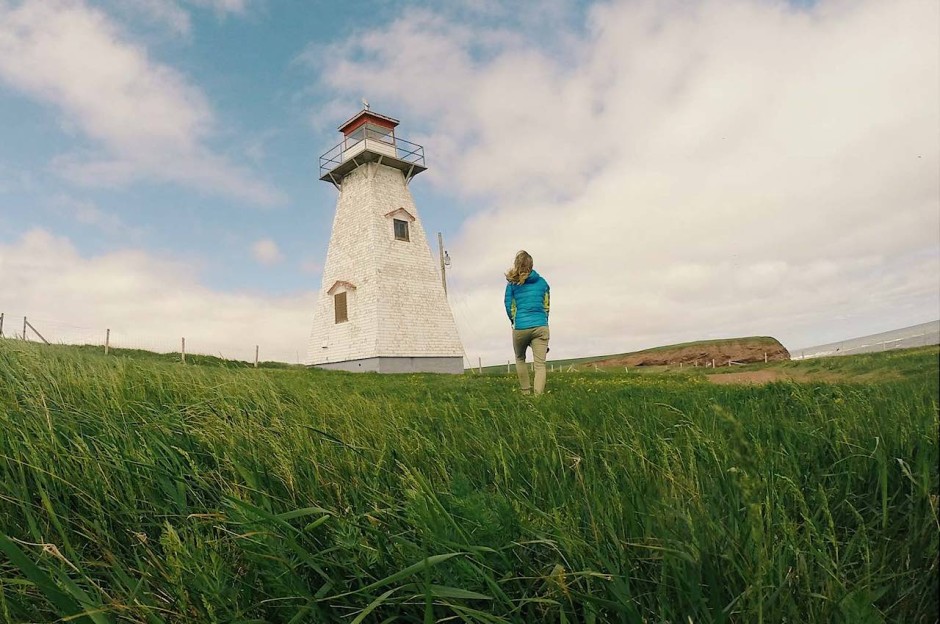
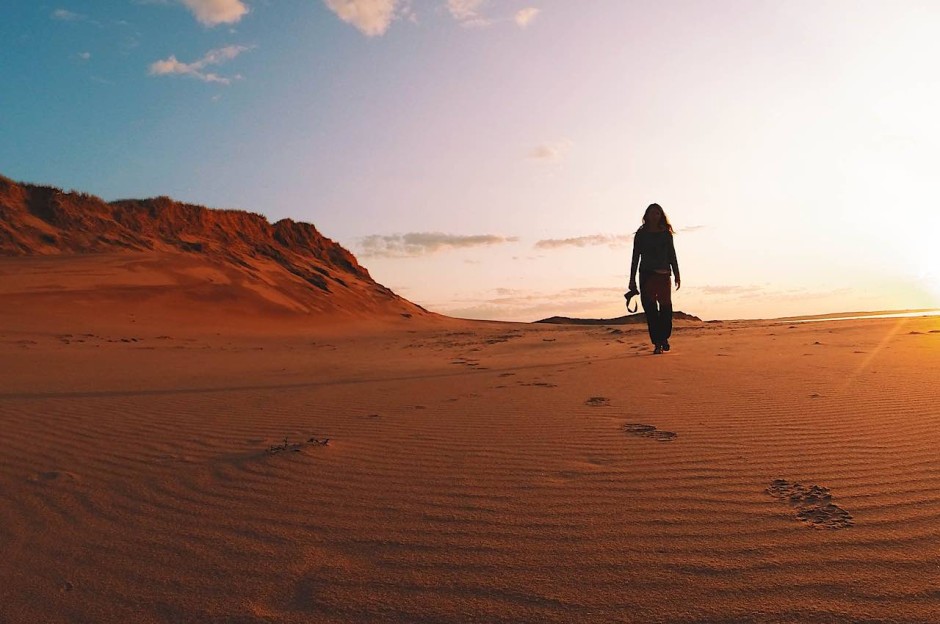
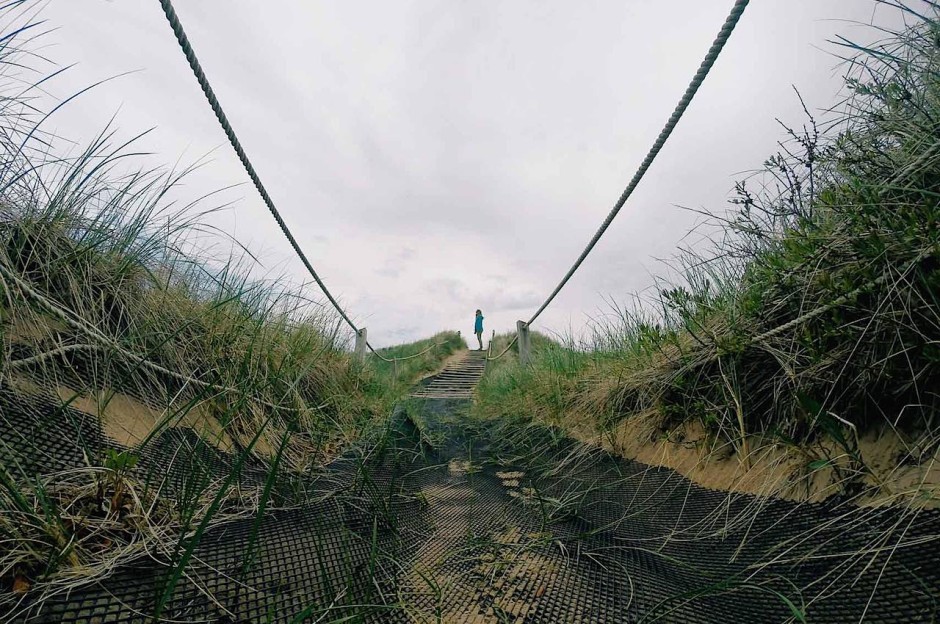
Intermission
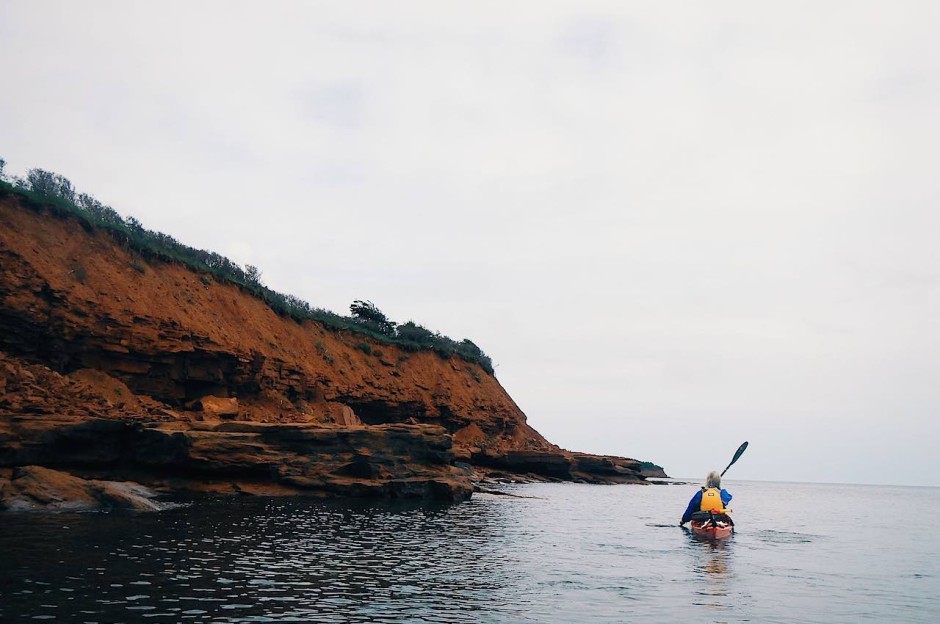
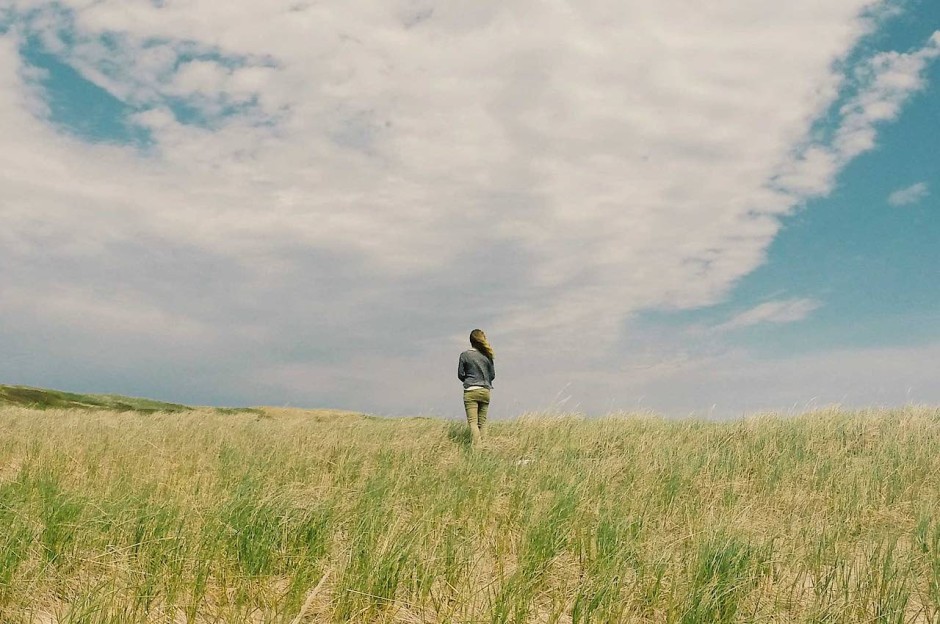
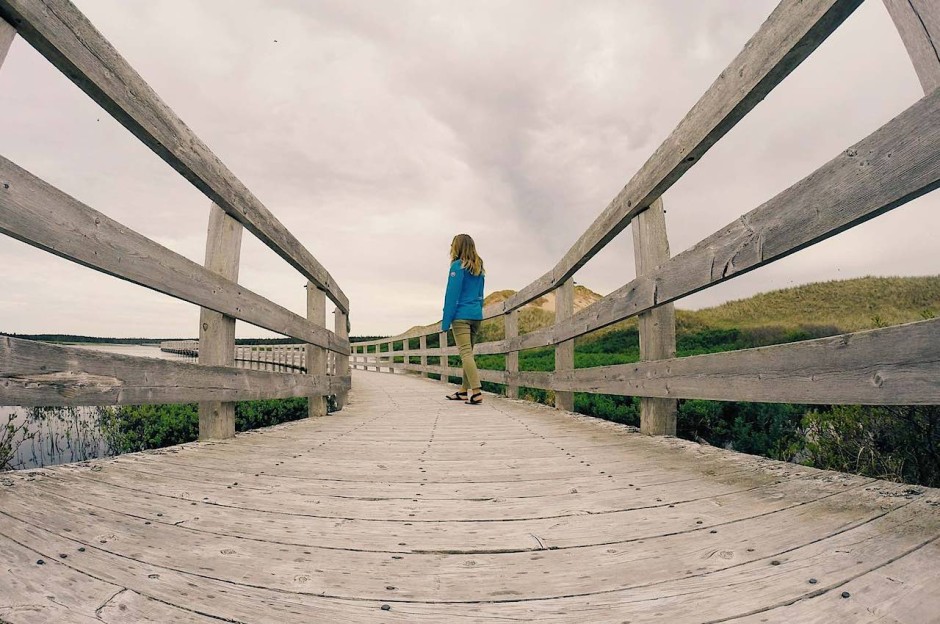

Intermission
